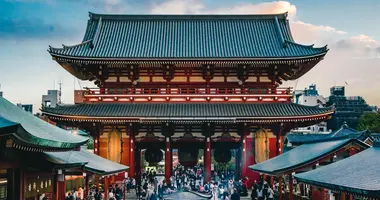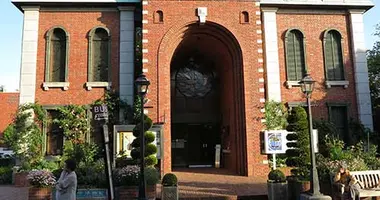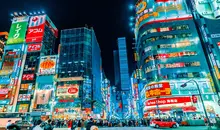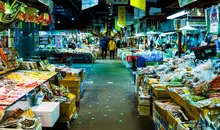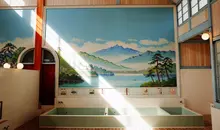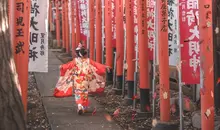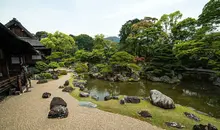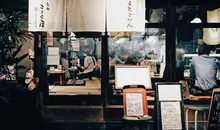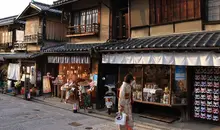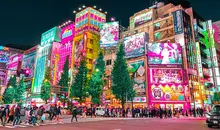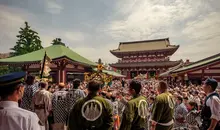Shin-Yokohama Ramen Museum
- Published on : 24/02/2024
- by : Japan Experience
- Youtube
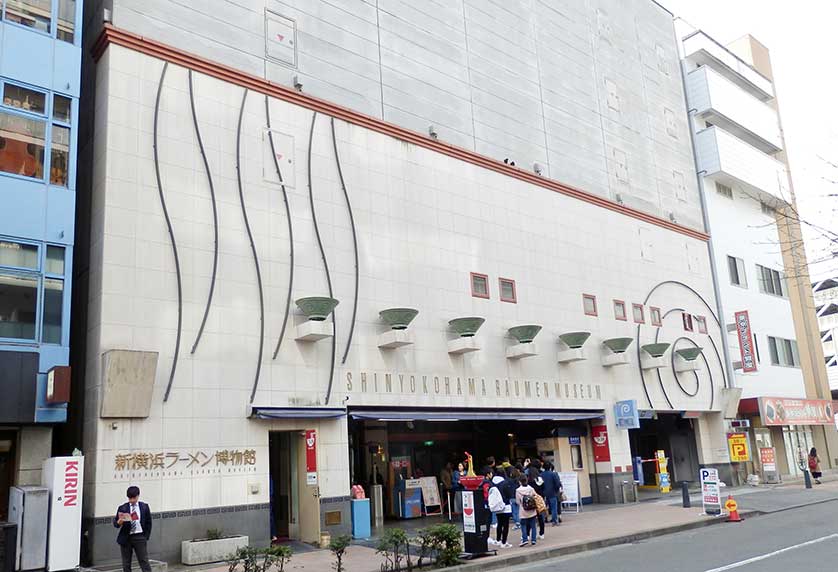
Shin-Yokohama Ramen Museum, Yokohama
The Shin-Yokohama Ramen Museum, established in 1994, is a unique culinary destination that combines history, culture, and gastronomy. Located in Yokohama, this world's first ramen-themed amusement park offers visitors an immersive experience into the world of Japan's beloved noodle dish. The museum showcases the evolution of ramen from its Chinese origins to its current status as a national dish. Visitors can explore the history of ramen, learn about regional variations, and taste authentic bowls from across Japan, all within a meticulously recreated 1958 streetscape. This innovative concept allows food enthusiasts to embark on a flavorful journey through time and across Japan's diverse ramen landscape, making it a must-visit destination for both locals and tourists alike.
History and concept of the Ramen Museum
The Shin-Yokohama Ramen Museum was founded on March 6, 1994, as the world's first food-themed amusement park. The brainchild of industrialist Yoji Iwaoka, the museum was created not only to celebrate the delectable noodles but also to recreate the Japan of his childhood. The concept behind the museum is to provide a one-stop destination where visitors can enjoy the flavors of Japan's national dish from renowned shops across the country without stepping on a plane.
The museum's unique approach combines educational elements about ramen history and culture with the sensory experience of tasting authentic dishes. This innovative concept addresses the challenge of sampling regional ramen varieties by bringing them together in one location. The year 1958 was chosen as the setting for the museum's replica streetscape because it marks the invention of instant ramen by Momofuku Ando, a pivotal moment in ramen history.
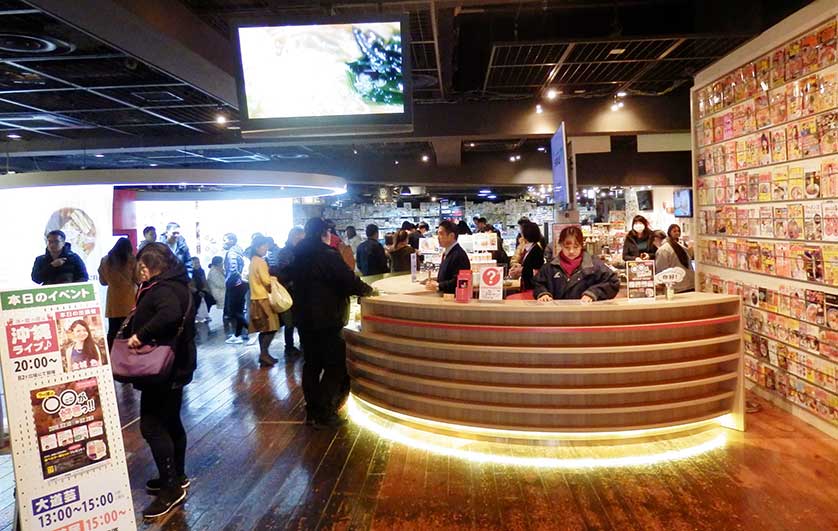
Lobby with ramen tasting counter, Shin-Yokohama Ramen Museum, Yokohama
Exhibition area and educational experiences
The first floor of the museum houses an extensive exhibition area dedicated to the history and culture of ramen. Here, visitors can explore displays that trace the evolution of ramen from its Chinese origins to its current status as a beloved Japanese dish. The exhibition includes information about the discovery of Chinese noodles in Japan during the Muromachi Period (1336-1573), and follows the development of ramen through to its worldwide popularity starting in the 1980s.
Visitors can learn about the various types of ramen, ingredients used, and the differences between Chinese noodle dishes and ramen. The museum also features displays of vintage ramen paraphernalia, 25 years of noodle commercials broadcast via digital displays, and life-size dioramas depicting the inner workings of an instant ramen factory.
For a hands-on experience, the museum offers a "Ramen Making Experience class" where visitors can make noodles using the traditional Chinese method of "green bamboo beating," and learn how flour is transformed into ramen noodles. This paid service requires reservations and provides a unique opportunity to understand the craft behind this popular dish.
The 1958 street recreation and ramen shops
The heart of the Shin-Yokohama Ramen Museum lies in its two underground floors, which house a meticulously recreated streetscape of 1958 Tokyo. This immersive experience transports visitors back in time to the year when the ramen boom began in Japan. The attention to detail is remarkable, with vintage TV antennas protruding from roofs, a movie theater displaying period posters, and even old-fashioned cops patrolling the streets.
Within this nostalgic setting, visitors will find nine carefully selected ramen restaurants, each representing different regional styles and flavors from across Japan. These include:
- Ryu Shanghai Honten: Offering a unique spicy hot miso ramen
- Rishiri Ramen Miraku: Featuring ramen from Rishiri Island in Hokkaido
- Asakusa Rairaiken: A revival of a legendary ramen shop from 1910
- Ryukyu Shinmen Tondou: Serving Okinawan-style salt-flavored ramen
- Komurasaki: Representing Kumamoto's tonkotsu (pork bone) ramen
- Rokkakuya 1994+: A comeback of a classic Iekei ramen chain
- ISSOU: Famous for its "tonkotsu cappuccino" from Hakata
To allow visitors to sample multiple styles, most restaurants offer "mini ramen" portions. This enables guests to embark on a culinary tour of Japan's diverse ramen landscape without leaving the museum.
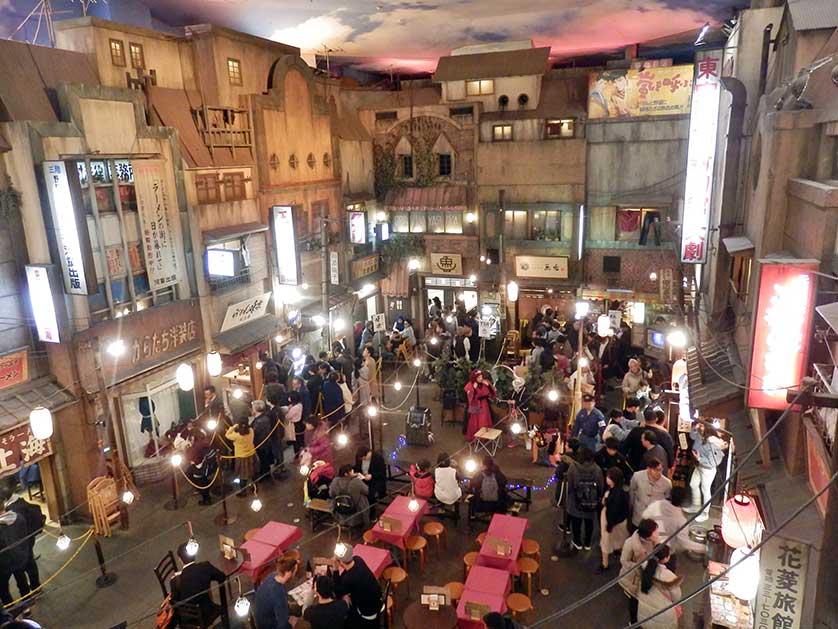
Plaza inside the Shin-Yokohama Ramen Museum, Yokohama
Visitor information and practical details
The Shin-Yokohama Ramen Museum is open daily, with operating hours from 11:00 AM to 9:00 PM on weekdays and 10:30 AM to 9:00 PM on weekends and holidays. The museum is closed on December 31st and January 1st. Admission fees are 380 yen for adults, 100 yen for children (elementary school age) and seniors (60 and over), and free for children younger than elementary school age.
Visitors should note that the admission fee only covers entry to the museum, and ramen must be purchased separately at each restaurant. Prices for ramen bowls range from about 900 to 1,400 yen, slightly higher than typical ramen shops outside the museum.
The museum is equipped with facilities to accommodate visitors with diverse needs, including disabled stalls, disabled parking, and baby care facilities. For international visitors, the museum provides support in Japanese, English, Thai, Korean, and Chinese languages.
Additional attractions and activities
Beyond the ramen shops, the Shin-Yokohama Ramen Museum offers several other attractions to enhance the visitor experience:
- Dagashi-ya: An old-fashioned sweet shop offering nostalgic Japanese candies and toys
- Kateko Café and Snack Shop: A coffee shop serving classic Showa-era sweets and soft-serve ice cream
- Izakaya Ryoji: An Okinawan-style pub offering local dishes and drinks
- Ra-haku Sugomen Lab: Where visitors can create their own original instant cup ramen
- Museum Shop: Selling a variety of ramen-related goods, including rare dried and fresh noodles from famous stores across Japan
- Slot Car Race Track: A coin-operated track where visitors can challenge friends to miniature car races
These additional attractions provide entertainment options for visitors of all ages and complement the ramen-focused experience of the museum.
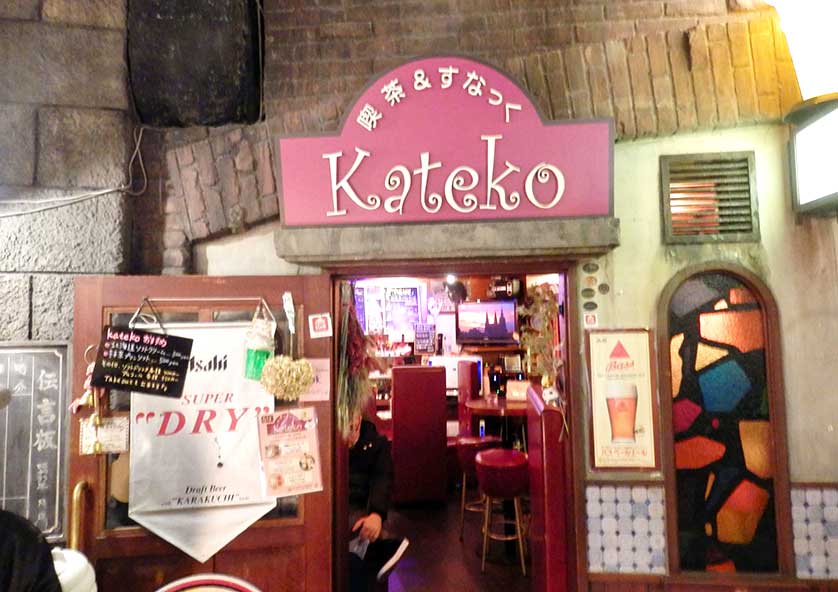
Bar Kateko, Shin-Yokohama Ramen Museum, Yokohama
Rules and etiquette for visitors
To ensure an enjoyable experience for all guests, the Shin-Yokohama Ramen Museum has established several rules and guidelines:
- Adult visitors (junior high school students and older) are expected to order at least one bowl of ramen when visiting a ramen restaurant
- Visitors should wait in line when ramen shops are crowded, as seating reservations are not accepted
- To re-enter the museum on the same day, visitors must obtain a hand stamp at the information desk
- Outside food and beverages are not allowed in the museum or ramen shops
- Pets are not permitted in the museum, except for guide dogs
- Photography is allowed for personal use, but permission must be obtained for commercial photography or video
These rules help maintain the authenticity of the experience and ensure that all visitors can enjoy the museum to its fullest.
Access and transportation options
The Shin-Yokohama Ramen Museum is conveniently located near Shin-Yokohama Station, making it easily accessible from various parts of Japan. Here are some transportation options:
- From Haneda Airport: 45 minutes by Rinko or Keikyu bus to Shin-Yokohama Bus Terminal
- From Yokohama Station: 15 minutes by Yokohama Municipal Subway to Shin-Yokohama Station
- From Shinjuku: 50 minutes by train (JR Yamanote Line to Shibuya, then Tokyu Toyoko Line to Kikuna, and finally JR Yokohama Line to Shin-Yokohama)
- From Shinagawa: 11 minutes by Tokaido Shinkansen to Shin-Yokohama Station
- From Tokyo: 18 minutes by Shinkansen to Shin-Yokohama Station
From Shin-Yokohama Station, the museum is a 5-10 minute walk. Follow the signs pointing towards Exit 8, then turn left at the first intersection and right at the next. The museum will be on the left side of the street.
With its unique concept, diverse ramen offerings, and immersive historical experience, the Shin-Yokohama Ramen Museum offers visitors a chance to explore the rich culture and flavors of one of Japan's most beloved dishes. Whether you're a ramen enthusiast or simply curious about Japanese culinary traditions, this museum provides an unforgettable journey through the world of ramen.

